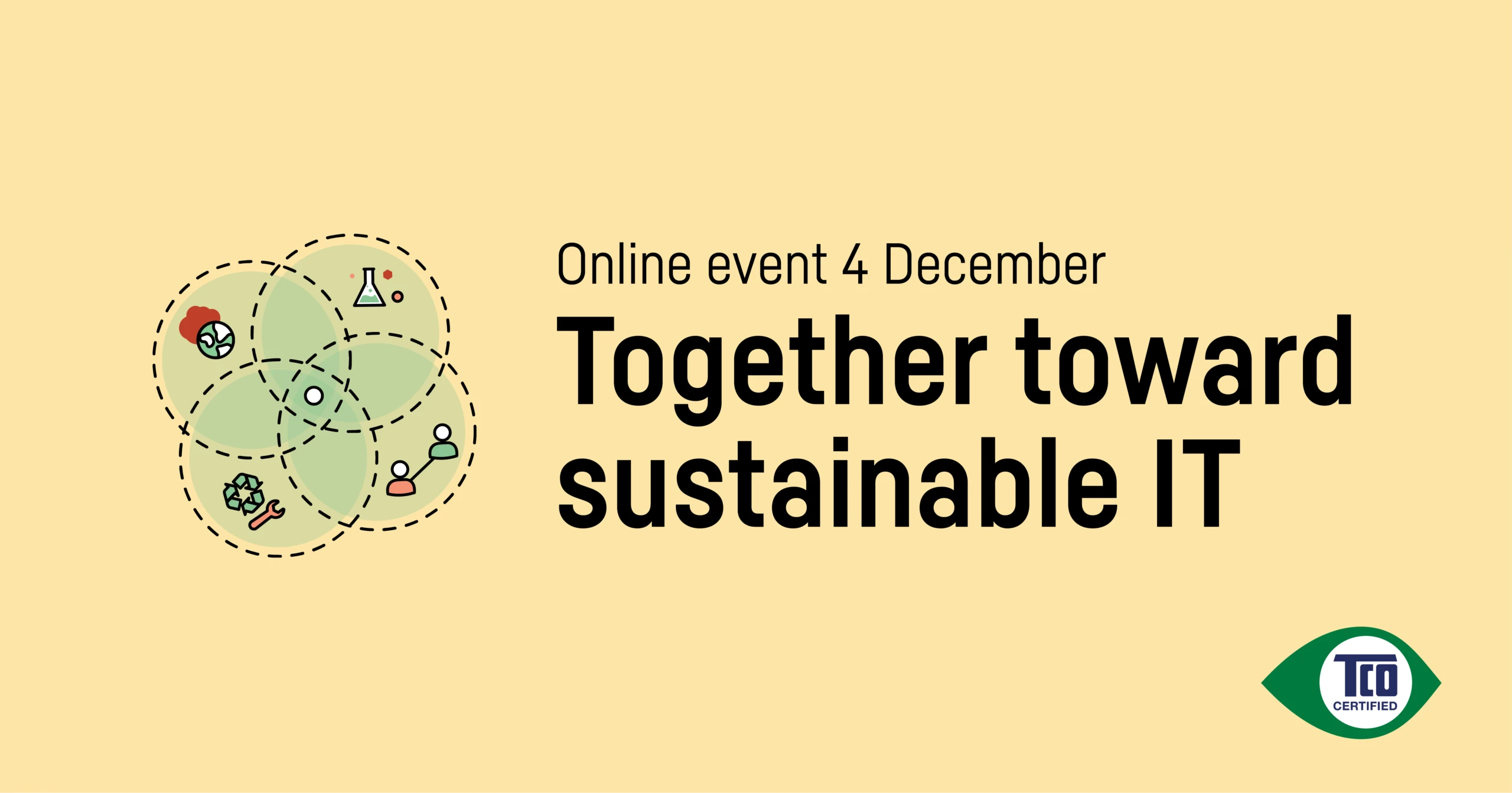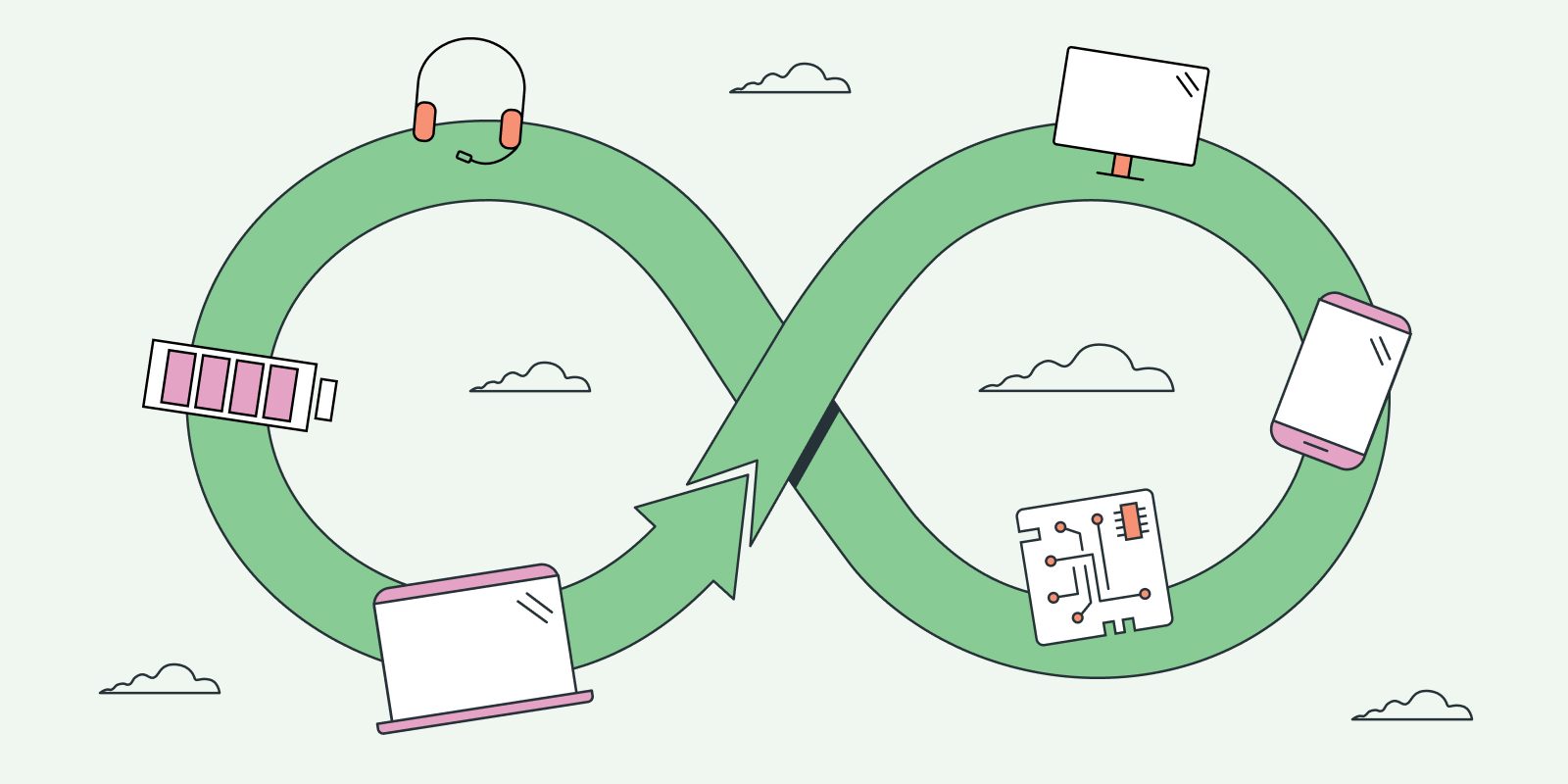A few years ago, an audit of the U.S. Environmental Protection Agency’s Energy Star program brought some disturbing realities to light. Auditors posing as real companies were able to secure the Energy Star label for more than a dozen fake products — including an “air purifier” that was nothing more than a space heater with a feather duster pasted on top.
How did this happen? In addition to an obvious lack of oversight at the time, the program was missing one critical component: verification. And while the Energy Star program has since been revamped to close these gaping loopholes, certifications without verification are still out there, posing a real threat to the reputations of companies that buy, and manufacture, those products.
Certification is just the first step
As technology companies work to meet buyer demand for safe, responsible electronics and stay ahead of regulations, purchasers have more data and product claims to evaluate than ever before. Fortunately, many computers and IT equipment now come with a certification based on environmental (and in some cases, social) impact.
But before accepting any certification at face value, it’s important to understand what goes into it. For any product to earn TCO Certified, for example, it’s first tested for performance and ergonomics. Then, all environmental claims are verified. Factories manufacturing certified products must also pass third party social audits. These processes are time consuming, complex and costly, especially for purchasers to do themselves. At the same time, not verifying product compliance is risky, because no buyer wants to find out that the “sustainable” products they thought they purchased are actually using factories overseas with poor working conditions; or not complying with top-notch environmental standards.
In other words, sustainability certification is more than a label slapped on a box as it rolls off the assembly line. If you want to be confident about the electronics you buy, it’s important to know that third party verification is included.
Five ways to ensure your electronics are as sustainable as they claim
- Insist on independence. Central to verification is the role of independent, globally recognized verification organizations that specialize in electronics, social responsibility or sustainability issues. As testing and verification is handled independently of the manufacturer and certifying organization, buyers can be more confident that the product stands up to its sustainability claims.
- Test and test again. Even after a product is certified, that model will likely go through minor design updates during its lifetime. It’s important for third-party experts to continually test and re-test these products over time to ensure that they continue to meet specified criteria and product claims. It’s also critical that each accredited testing site can deliver accurate, repeatable product test results, and that requires “round robin” testing between facilities, to ensure consistency of test methods, equipment calibration and criteria interpretation.
- Audit factory social conditions. As companies move toward measuring social responsibility, they’re learning that evaluating a product for socially responsible manufacturing requires boots on the ground. Visiting the factories – no matter what country they are in – is imperative; and when corrective actions are identified, verifiers can go back to those same factories to check that these actions have been implemented.
- Make social responsibility personal. Educating company leaders throughout the certification process not only makes them more conscious of environmental and social issues, it connects them in a personal way to the role they play in making the world a better place. Each brand TCO Development works with nominates a senior management representative responsible for implementing social responsibility improvements at the factory level. And every year, that leader participates in a thorough review of the manufacturer’s progress and goals.
- Verify product claims. It’s not enough to verify products — buyers also need to trust the claims made by those products. That’s why it’s critical that certifiers conduct ongoing market surveillance to make sure that only certified products are promoted as such, and that brand communications around certified product models are accurate.
Trust, but verify
Purchasers around the globe are increasingly concerned about making sure that the electronics they buy meet their company’s environmental and social responsibility goals. They’re also spending a great deal of time and money learning how to do this, as company reputation and supply chain responsibility are becoming critical success factors.
But they don’t need to go it alone.
With certification and verification, electronics makers can meet their sustainability commitments to shareholders. But even more important, they’ll earn the trust of their customers — and whatever business you’re in, there’s nothing more valuable than that.




